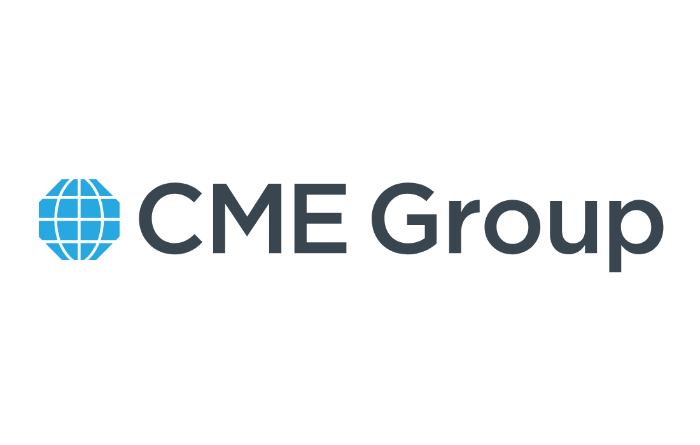CME expands weather product range, with seasonal strip futures and options

The Chicago Mercantile Exchange (CME Group) has expanded its range of weather risk transfer products, with the recent launch of seasonal strip weather futures and options contracts.
The CME has been trading weather derivatives and other weather and climate risk transfer products for many years now, but this is the first launch of new products to expand its offering in quite a while.
These CME Seasonal Strip Index futures and options contracts are already available for trading, with a range of effective dates chosen to suit seasonal weather risk transfer and weather hedging needs.
Q3 and Q4 seasonal strips have been available since earlier this summer, while Q1 seasonal strips will be available for trading July 29th and Q2 contracts will be available on August 26th.
Effectively, these offer traders to manage and hedge seasonal weather risk across eighteen locations that are currently offered.
They feature heating and cooling degree day indices supported products, as well as cumulative average temperature futures and options as well.
All CME Seasonal Strip Index products are utilising settlement data and reporting provided by Speedwell Settlement Services Ltd.
The CME has long been an important location for weather risk trading.
While that market had shifted to one where private and OTC transactions became more prevalent, as those seeking weather hedging protection looked for increasingly tailored and bespoke hedges, the CME has maintained a key role in making weather risk transfer more widely available, with contracts that are effectively parametric in nature, so payout based on reported weather index data.
The CME products are traded by end-users from the energy, utilities, food and agriculture, retail and state government sectors, and more.
Insurance and reinsurance companies are also weather trading market participants, as too are hedge funds including some insurance-linked securities (ILS) fund managers.
Interest in CME weather products has expanded in recent years, which is no surprise given an increasing focus on climate change, climate risk and financial tools or structures that can help in managing weather and climate exposure.
The CME product range offers a way for those bearing weather and climate risk to manage, mitigate and transfer it, while for those seeking exposure and to deploy capital to these perils, the exchange is a venue where trades can be undertaken with those seeking protection.
The CME saw a spike in weather trading volumes and open interest in 2023, resulting in a significant year of activity in weather risk trading for the exchange.
Thus far in 2024, while average daily volumes and open interest in weather contracts are lower than last year’s peak, they remain well above 2022 and prior.
Adding new products and options for end-users to hedge and trade their weather risk exposure should help the CME to continue building on activity level in this market, providing more opportunities for those seeking to deploy capital to support weather risk trades and those interested in assuming weather exposure on a parametric or index basis.






